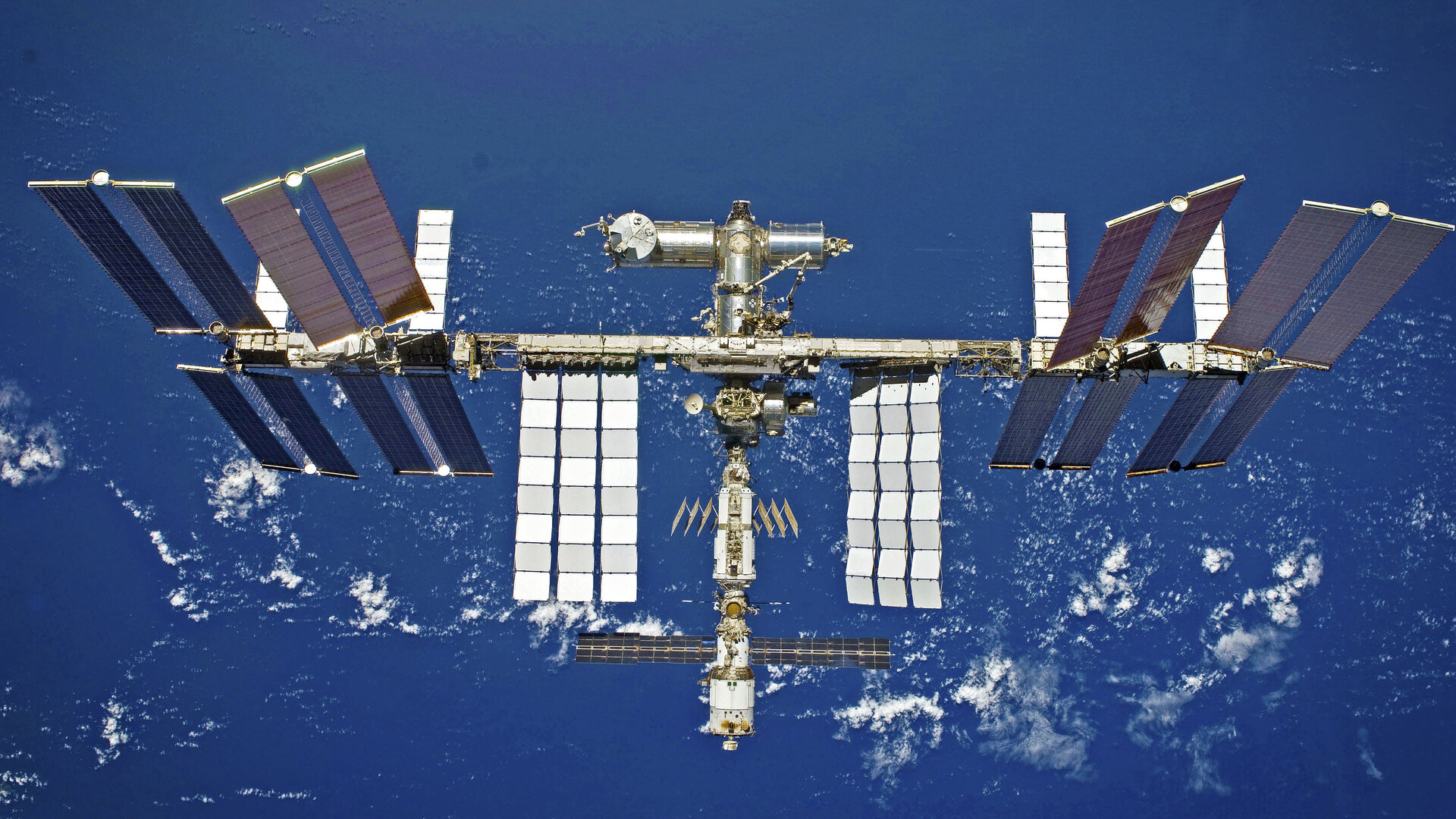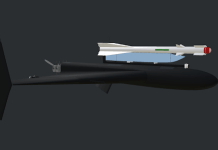Engineers from NASA are helping Russia in its investigation into the possible causes of cracks and air leaks at the International Space Station (ISS).
Paul Hill, a member of NASA’s Aerospace Safety Advisory Panel, said at a Sunday panel meeting that the Lyndon B. Johnson Space Center, the Langley Research Center, the panel itself and the Boeing company are all conducting engineering analyzes of the issue.
According to Russian Rocket and Space Corporation Energia, persistent air leaks on the ISS could be the result of welding errors made inside the Zarya and Zvezda modules three decades ago.
Energia’s First Deputy General Designer Vladimir Soloviev told Sputnik at the end of last month that Russian cosmonauts found cracks in the oldest module of the ISS, Zarya, and warned that the earlier discovery of through cracks in the Zvezda module means that the Zarya cracks could start to expand.
Soloviev said that Russian cosmonauts were going to install highly sensitive vibration sensors inside the Russian segment of the ISS in the hope of finding the cause of air leaks.
Earlier, the crew of the International Space Station (ISS) is once again using tea leaves to find an air leak in three possible locations in the Russian Zvezda module, according to a communication of the crew with Earth, broadcast by NASA.

A specialist from the Russian Mission Control Center told cosmonaut Sergey Ryzhikov that thin strips of paper that were released in the module’s access section earlier gathered in three possible leakage sites. They then asked the cosmonaut to use tea leaves to find out if there is a leak in those locations.
A small air leak was first detected at the ISS in September 2019. The crew have since identified and sealed two cracks but air continues to leak, which, nonetheless, poses no threat to those on board the space station, according to Russia’s space agency Roscosmos.
Earlier, US astronauts onboard the International Space Station (ISS) repaired the US-made water processor mechanism on the station’s US segment, according to NASA.
Water Processor Assembly (WPA) in the Tranquility module was powered off last week due to a possible leak, the space agency said. However, the disorder did not affect crew members, as they have enough water stored on the station to last for several months if necessary.
“In the Tranquility module, NASA Flight Engineer Shane Kimbrough spent the day on orbital plumbing duties. He was assisted throughout Tuesday by Pesquet and NASA Flight Engineer Mark Vande Hei as they serviced the Water Processing Assembly (WPA) to repair a possible leak,” NASA wrote on its blog.
Crew members, in particular, removed the affected parts of the WPA and conducted a dryout of the lines, the space agency said, adding that maintenance works will continue on Wednesday “with the installation of the replacement units and additional preventative maintenance to restore the hardware to its full functionality.”
The WPA system is used to recycle water from multiple sources into clean, drinkable ones for crew members. It has various tools for the treatment of wastewater, including filtration, ion exchange, adsorption, catalytic oxidation, and iodination.




